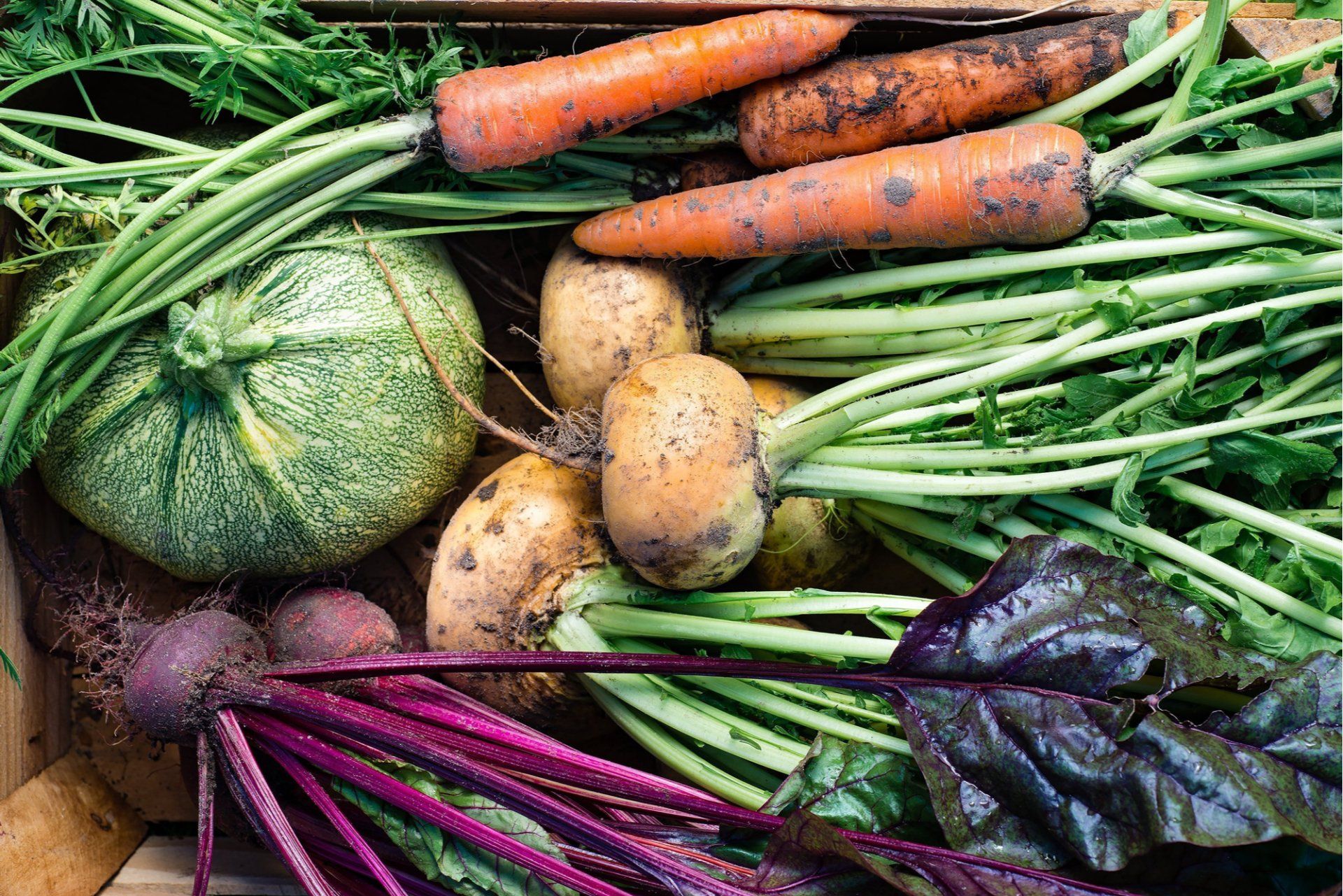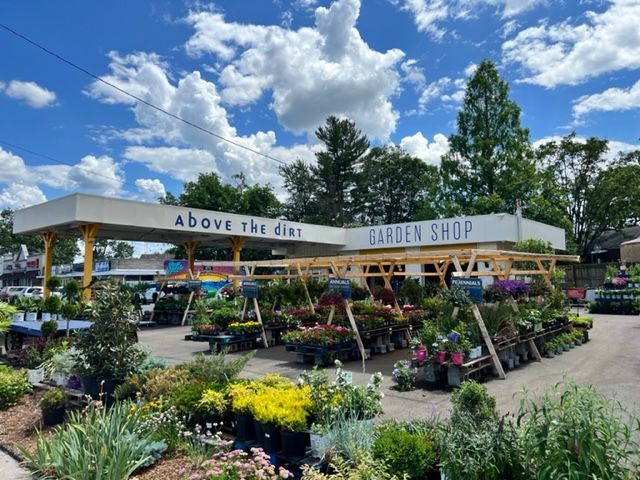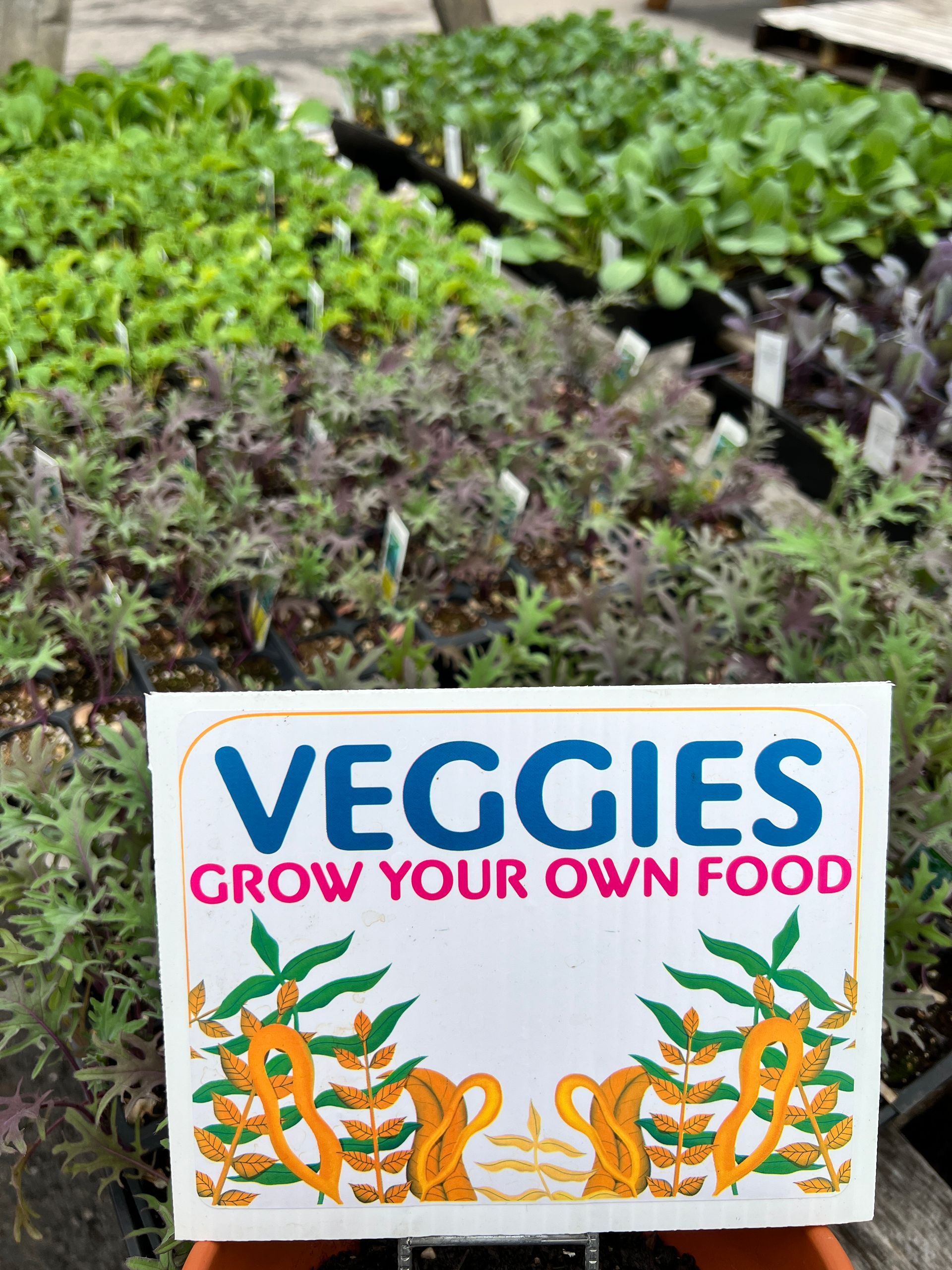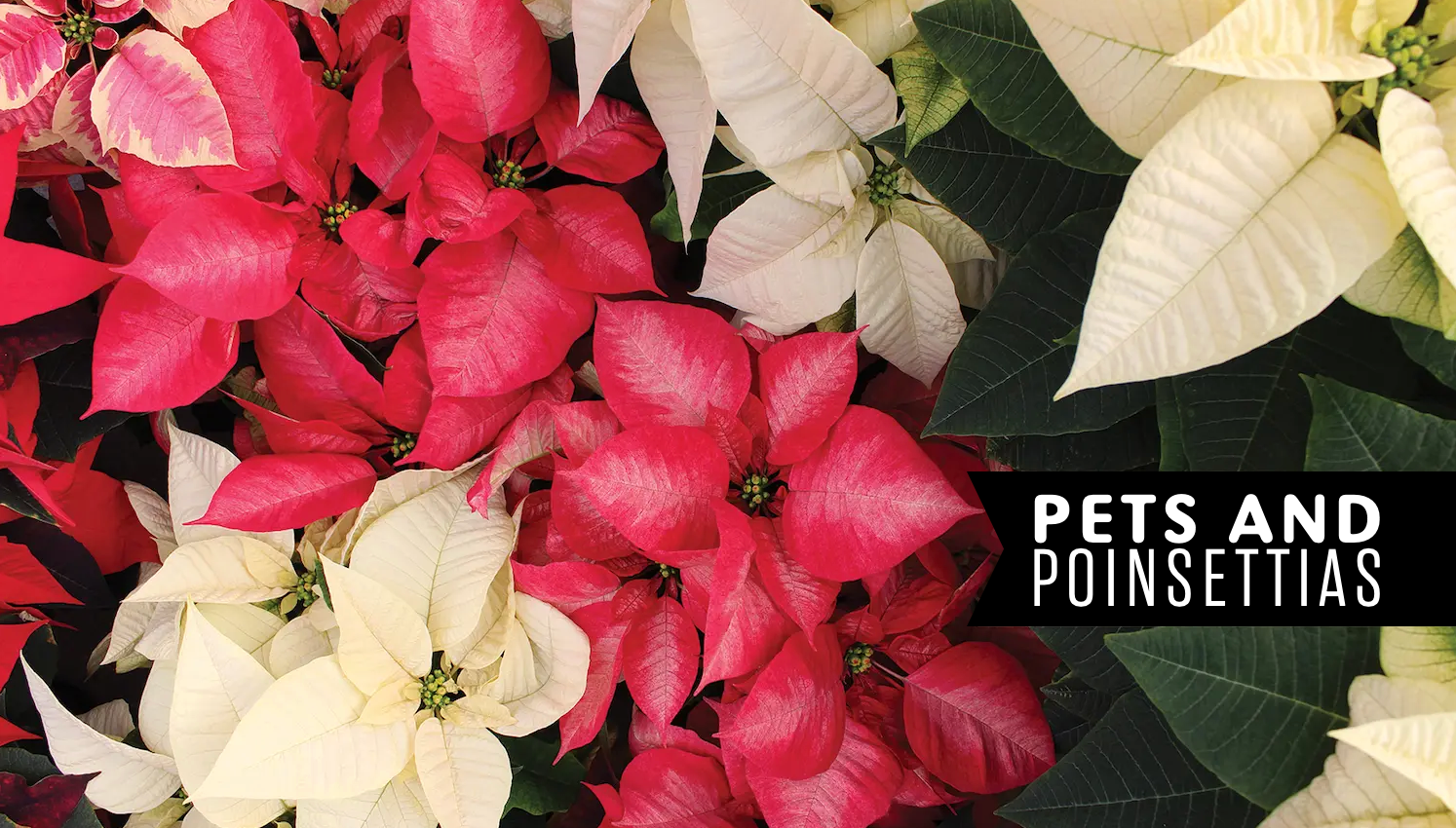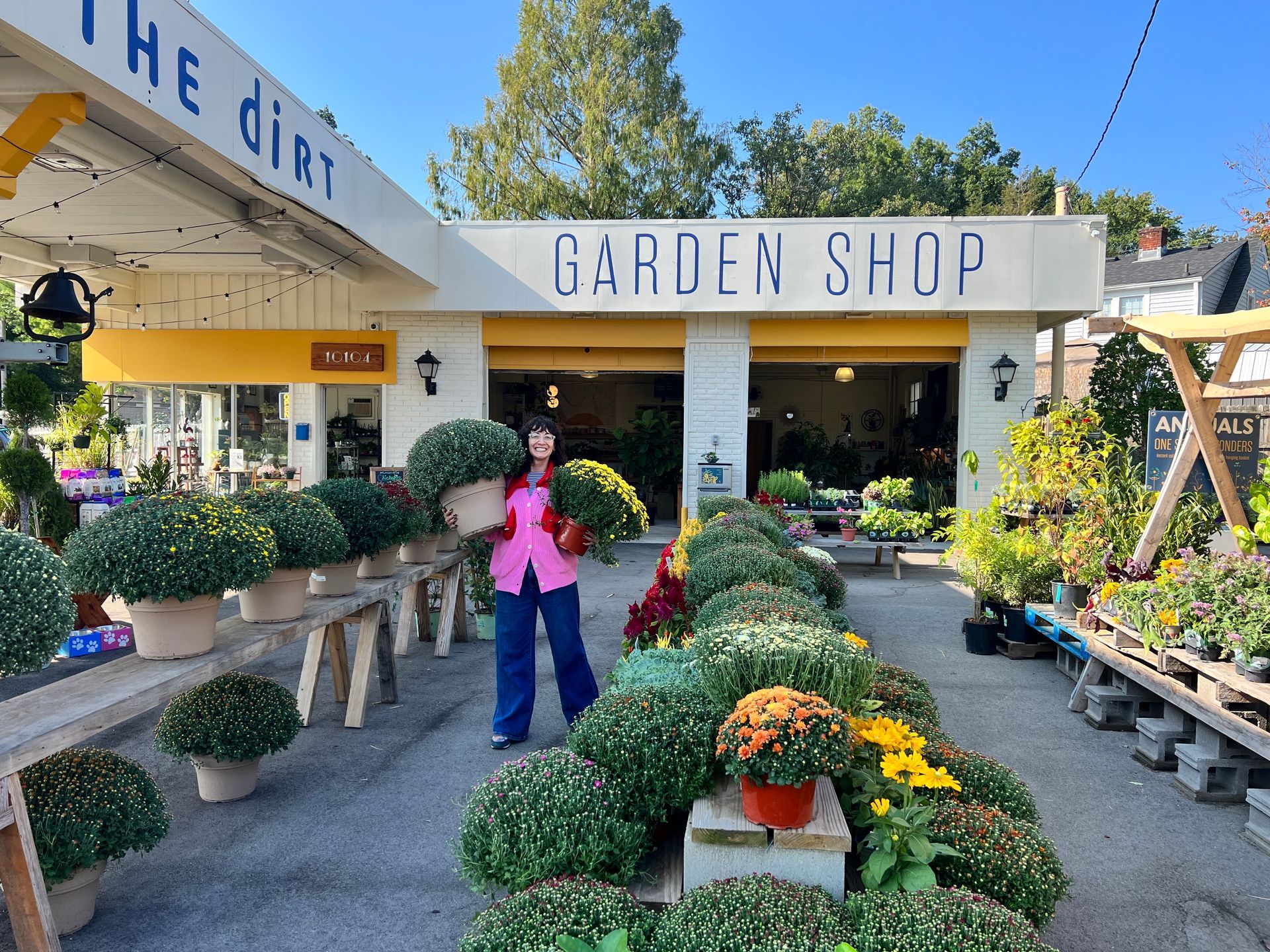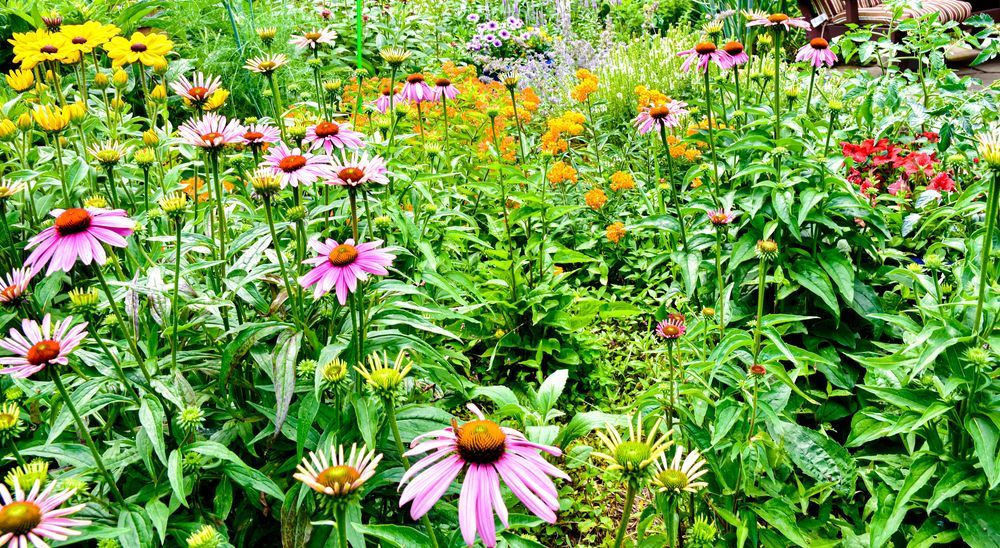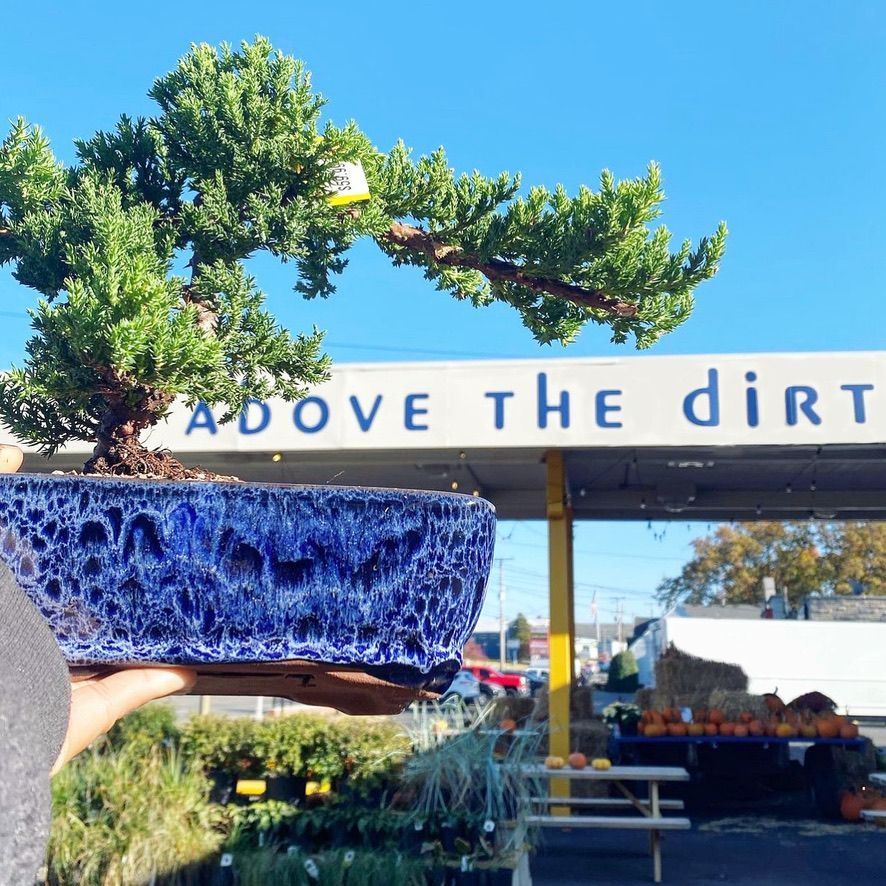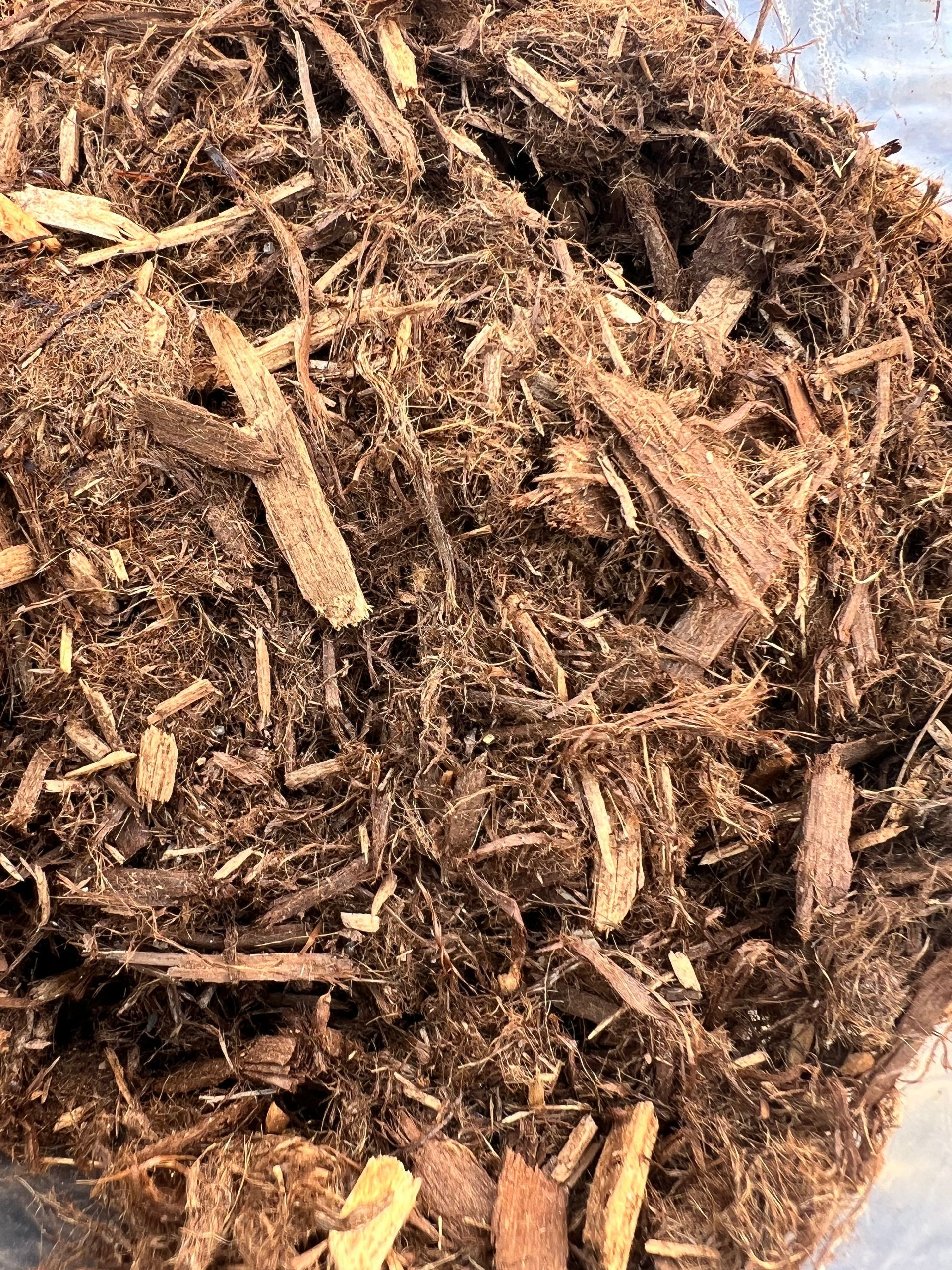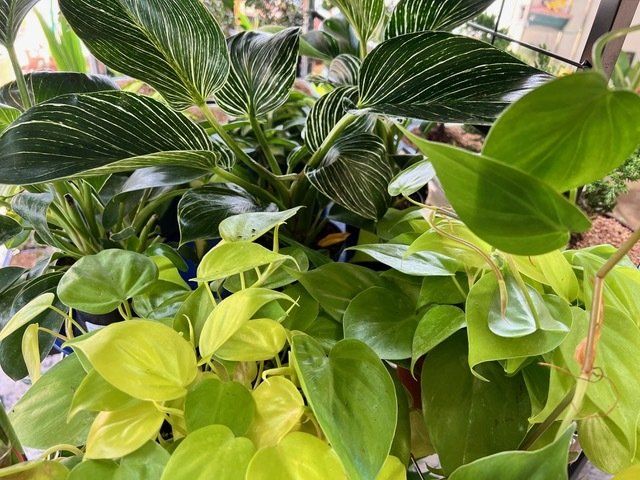How to Keep Your Annual Flowers Blooming
YOUR FLOWERS AND HANGING BASKETS WERE GLORIOUS WHEN YOU BOUGHT THEM, BUT NOW...
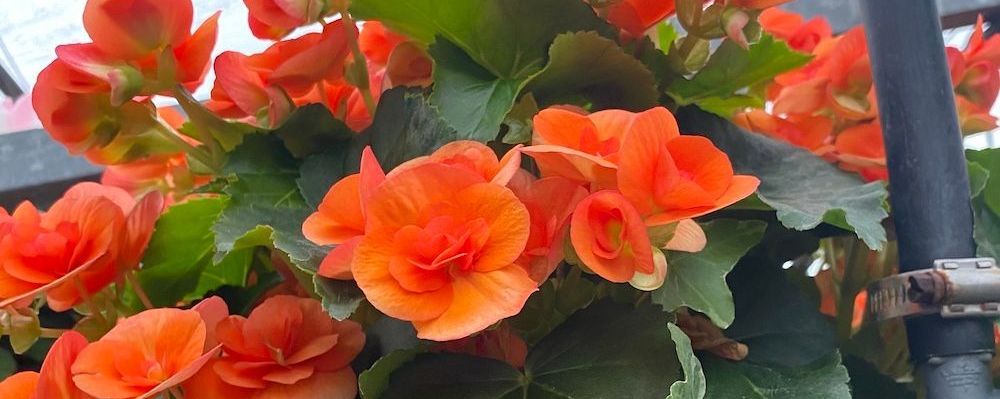
How to Keep Your Annual Flowers Blooming All Summer Long
Annual flowers bring vibrant colors and beauty to our gardens and outdoor spaces. However, they have a limited lifespan, typically lasting for just one growing season. To make the most of their blooming period, it's important to provide proper care and attention throughout the summer. Let's take a look at some effective tips to help you keep your annual flowers blooming in full glory from the beginning of summer until the first frost.
Provide Adequate Sunlight:
Most annual flowers thrive in full sun, requiring at least 6-8 hours of direct sunlight daily. Ensure that your flower beds or containers are placed in an area with ample sunlight exposure. If your garden has shaded areas, choose shade-tolerant annuals for those spots to maintain a blooming display throughout the entire garden. If you don't remember if the flowers you purchased require full sun or part shade - it's worth a quick google. Those part-shade annuals will wilt in the sun (no matter how much water you give them). And the full sun flowers won't produce as many blooms without their much-needed sunshine.
Water Regularly and Consistently:
Water is crucial for the health and blooming of annual flowers. Keep the soil consistently moist, but be cautious not to overwater, as it can lead to root rot and other issues. Water in the morning to allow the foliage to dry during the day, preventing the onset of diseases. Consider using drip irrigation or soaker hoses to deliver water directly to the root zone, minimizing evaporation and water waste. Water the soil, not the plant. Just like when you wash your hair... you are really washing your scalp and your hair gets clean too. I repeat, water the soil, not the leaves. And when it gets blazing hot in July and August - you may need to water twice a day.
Fertilize Appropriately:
Annual flowers have high nutrient requirements to support their continuous blooming. Apply a balanced, slow-release fertilizer at the time of planting or use a liquid fertilizer according to the package instructions. We have organic granular and liquid fertilizers at the shop that are super-easy to use!! Swing on in and we will be happy to recommend accordingly.
Deadhead Spent Flowers:
Regular deadheading, or removing faded blooms, is an essential practice to promote continuous flowering. This process prevents the plant from directing energy towards seed production and encourages it to produce more flowers. Snip off spent flowers just above a set of healthy leaves or a flower bud, using clean and sharp pruning shears.
Mulch to Conserve Moisture:
Mulching your flower beds is a great way to conserve moisture, suppress weeds, and maintain a stable soil temperature. Apply a layer of organic mulch, such as shredded bark or compost, around the base of your annuals. Mulching helps to retain moisture in the soil, reducing the frequency of watering while keeping the roots cool during hot summer days.
Monitor and Manage Pests and Diseases:
Regularly inspect your annual flowers for signs of pests or diseases. Identify and address any issues promptly to prevent them from affecting the overall health and blooming of your plants. Remove any affected leaves or flowers and use organic pest control methods to keep pests at bay. We have some pest controls that we LOVE at the shop. Again - swing on in and we will happily help you choose one that you love.
P.S. We have some great organic fungicides too.
With proper care and attention, you can enjoy a beautiful and continuous display of blooms from your annual flowers throughout the summer. By choosing the right plants, providing adequate sunlight, watering consistently, fertilizing appropriately, deadheading spent flowers, mulching, and monitoring for pests and diseases, you can help ensure that your annuals stay healthy and vibrant for an extended period. So get out there, put these tips into practice, and watch your garden come alive with colorful blossoms all summer long!
